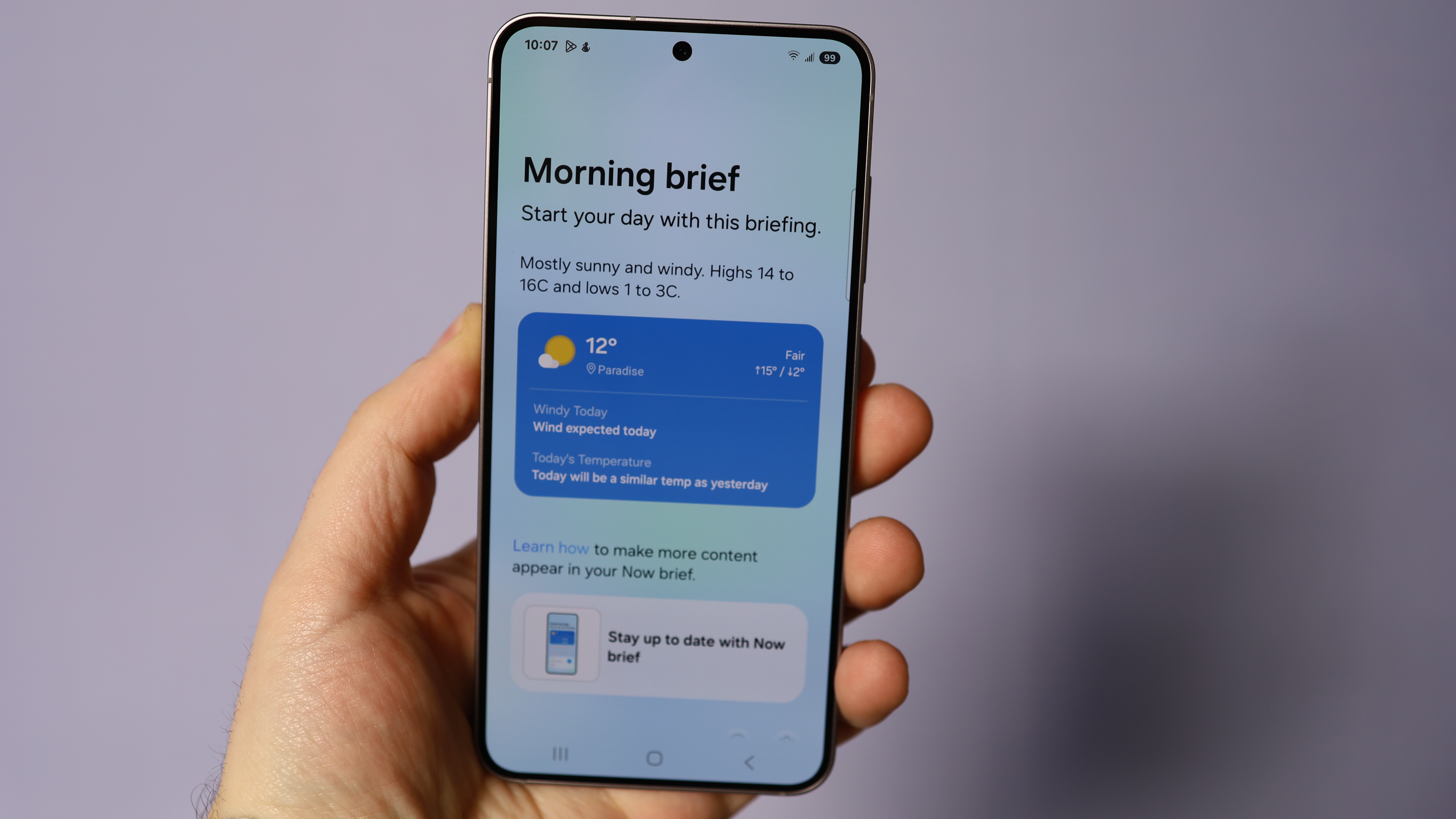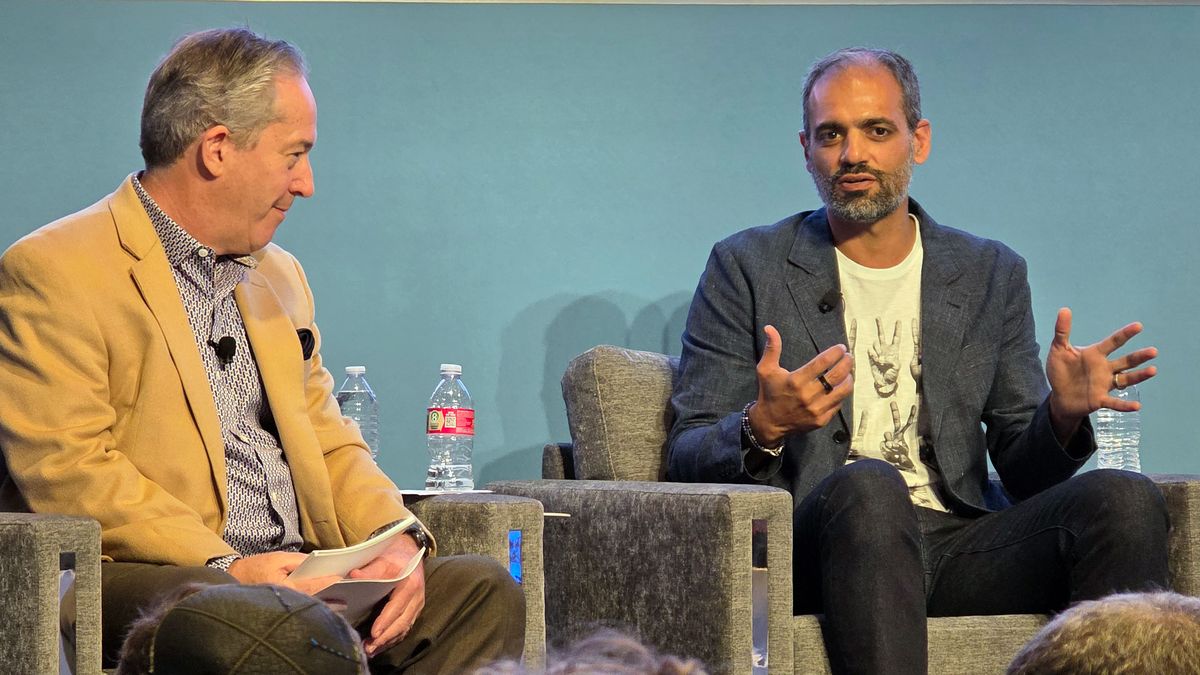There they sat, Samsung Galaxy S25 Ultra’s three proud parents: Samsung, Google, and Qualcomm. Samsung plays the largest parental role, but all three have lent a guiding hand in creating what is arguably more of a mobile AI device than a mere smartphone.
Samsung’s Executive Vice President and Head of Customer Experience Office Jay Kim, Google President, Android Ecosystem, Sameer Samat, and Qualcomm SVP & GM of Mobile Handset Christopher Patrick gathered on stage a day after the official Samsung Unpacked festivities where the company introduced its new line of Galaxy S25 handsets (four in all if you count the teased S25 Edge).
The group talked at length about their close partnership and the practical aspects of bringing an AI phone to life. Samsung provides the design and most of the hardware, but it’s Google that provides the subsystem, Android, Gemini generative assistant, and the Gemini models that many of the phone’s core generative features rely on. Finally, Qualcomm provided the phone’s brains with a bespoke version of its fastest mobile chip: the Snapdragon Gen 8 Elite for Galaxy.
The group was led in conversation by analyst Bob O’Donnell of TECHalysis and joined by the University of London and Symmetry’s Chief Innovation Officer, Dr. Chris Brauer.
The group described many late-night phone calls and an almost constant discussion about how to integrate AI throughout the mobile system. Google is deeply invested in the Samsung experience and its success, giving Samsung early access to all the latest Gemini models and features.
It’s why the Samsung Galaxy S25 ultra, which I am currently testing, has the latest edition of Circle to Search that can also identify sounds in videos and why the latest version of Gemini Advanced is available on all S25 phones as a six-month trial. The tri-partnership is how Qualcomm built a special core on the Snapdragon Gen 8 Elite to house Samsung’s Personal Data Engine locally.
The partnership is also how my S25 Ultra can funnel a single prompt through both Google and Samsung first-party apps. This means a single query can tap into both Google Search and Samsung Calendar, YouTube, and Samsung Notes.
And it’s how the side button on the Samsung Galaxy S25 series is now a Gemini button.
A matter of trust
Google’s Samat said that working so closely together required a level of trust between the organizations and deep collaboration on every detail of the hardware and software experience.
Samat admitted, “We do disagree frequently. There was disagreement on how long to press the button before the assistant shows up.”
The group didn’t go into any specific details, though. What we know is that it takes perhaps a second and a half after the long press for Gemini to appear. Did Google want a longer press? Samsung a shorter one? We may never know, but it’s clear that they worked it out satisfactorily.
As Samat noted, “Productive disagreement on product design is necessary.”
For his part, Qualcomm’s Patrick also recalled “late-night calls and occasional disagreements.”
When asked about what keeps them up at night, Samsung’s Kim joked, “Other than Samir calling – same thing on Qualcomm side – I never sleep.”
AI’s bright, daunting future

Across the group, they’re shocked – and maybe a bit daunted – at the pace of change. “I’ve worked in this space for 20-plus years and I’ve never seen the kinds of leaps we’re experiencing now,” said Samat.
Qualcomm’s Patrick said he hopes that as an industry, “we have the willpower to do what it takes to work together, and sometimes it takes some natural competitors to work together.”
This group and the industry do have their work cut out for them. Dr. Brauer, who has been tracking the industry, presented new numbers showing a meteoric rise in consumer interest over just six months. A study in July of last year, around the time of the Galaxy AI’s launch, found that 16% of consumers identified themselves as frequent and heavy AI users. Now the number is 27%.
It seems that to meet this demand, the partnership – disagreements and all – is only just beginning.

